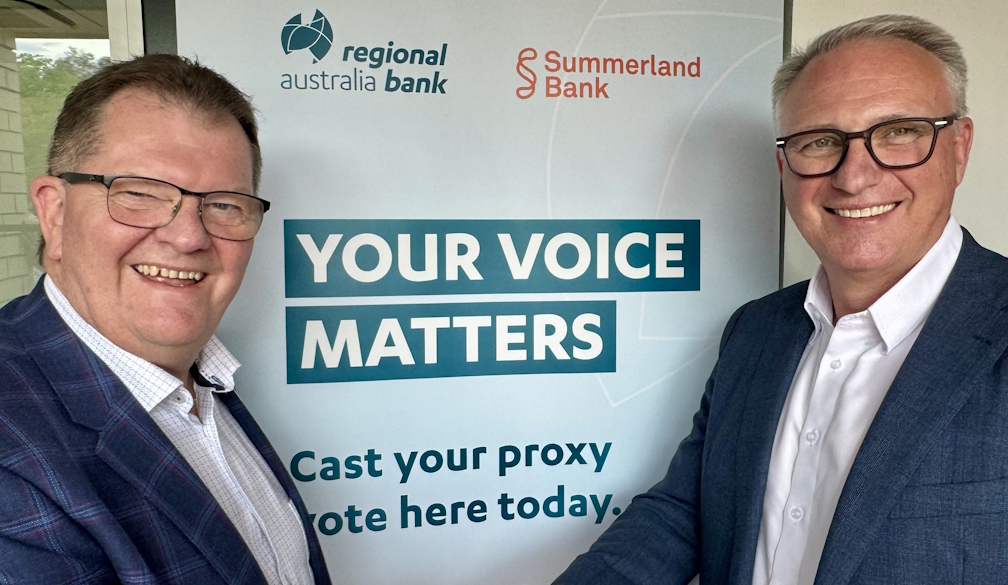What Are Message Brokers?
- Written by NewsServices.com

As businesses expand, they tend to rely on more applications to make sure everything is working seamlessly. However, companies can run into significant hurdles in having all of these apps synchronized. That's where message broker software is providing a supportive middleware option that simplifies this challenge for businesses of all sizes. This allows for a common communications infrastructure that grows and scales to meet the most demanding conditions. Let's take a look at some of these techniques, and how implementing them can be incredibly beneficial to the functionality of a company's inner workings.
Understanding Message Broker Software
With a service-based message broker, the source application sends a message to a server process that can provide better data governance. This also allows for information to be properly routed to the other applications that require access to those particular datasets. This technology also allows for message translation, persistence, and delivery to all appropriate destinations. The defining characteristic of a message broker is that the broker itself is a discreet service.
Producers and consumers communicate with the broker using standard protocols, or those personalized by a business. This typically provides all the state management and tracking of clients through individual applications. This includes the complexity of message delivery built into the message broker itself. You may have seen this through applications like Java Message Service or Apache Kafka, commonly seen in a variety of industries. Message broker systems usually break down into two forms of communications: publish and subscribe and point-to-point.
Publish and Subscribe Messaging
In a publish and subscribe message system, producers send messages based on a given topic. In this model, the producer is known as a publisher, while the consumer is referred to as a subscriber. One or many publishers can publish on the same given topic, and a message from one or many publishers can be received by several subscribers. These users subscribe to topics, and all messages published regarding this subject are received by subscribers on that subject matter. This model provides for simple interest-driven delivery through different applications based solely on subscriptions.
Publish and subscribe message systems break down into two subsets: topic-based and content-based. In a topic-based system, messages are received by all users of these software applications through a durable subscription. The publisher is responsible for defining the topics to which subscribers lock in on different levels. In a content-based system, messages are only delivered if the attributes or content of those messages sync up with the defined subscriber. This provides a more immediate response by filtering the type of communication that is given through a particular message to a subscriber.
Point-to-Point Communication
Point-to-point communications in their simplest form are just between a single producer and one consumer. This messaging format typically uses a queue to store messages sent by the producer until a consumer has received it, and can move forward with the next action. The message producer sends this information to the queue. The message consumer retrieves messages and sends an acknowledgment upon receipt of the message.
More than one producer may be able to send messages in that same queue through a number of services. This means that more than one consumer can retrieve information from that same message queue. When multiple consumers are used, each consumer typically receives a portion of the message stream to allow for concurrent processing. This is commonly seen in the telecommunications field by maintaining a direct line for calls and messages to be processed in a sending service. Message brokers can truly be a communication backbone for a litany of organizations, but the installation of this system can make for a brighter business outlook.







